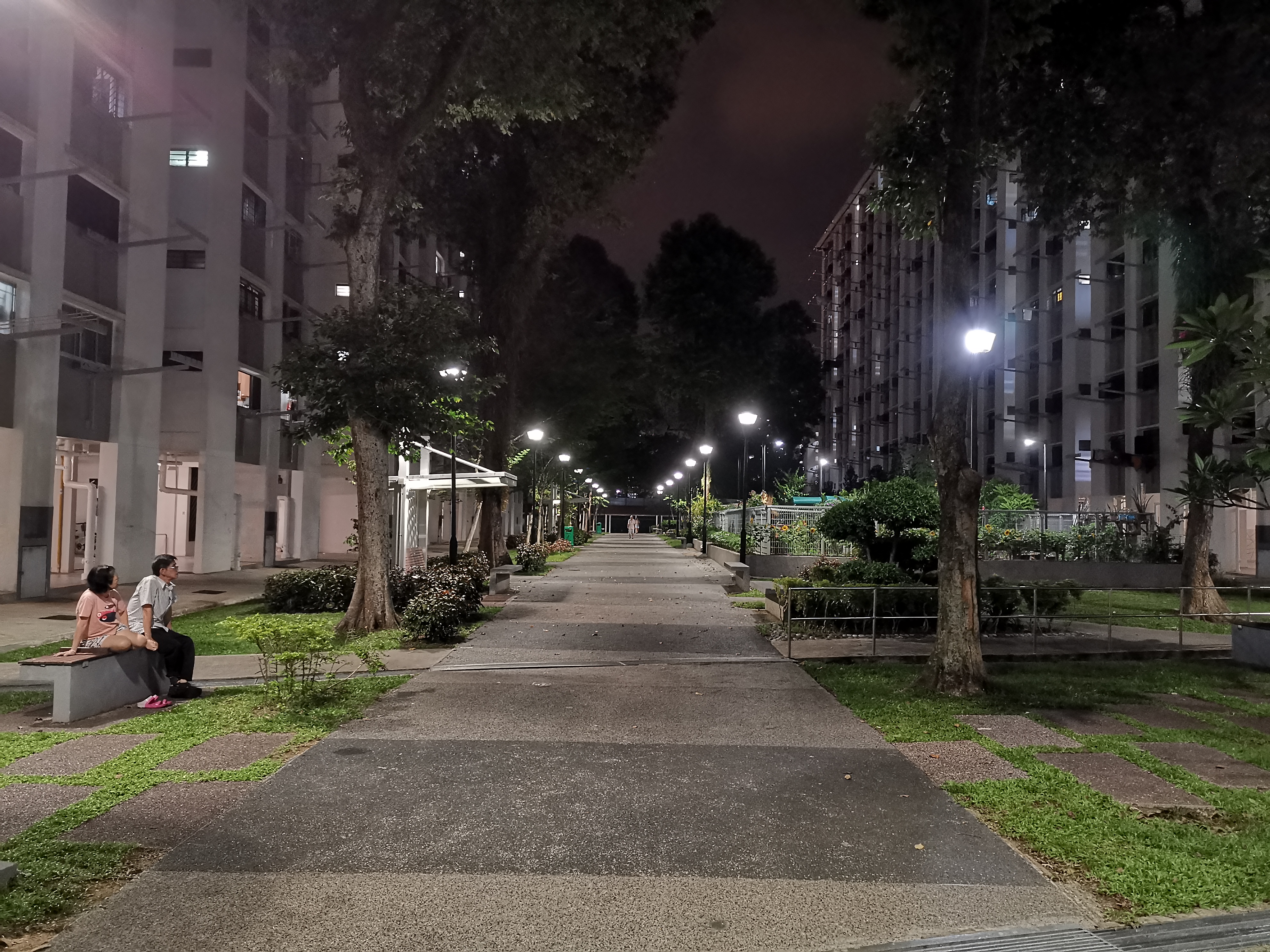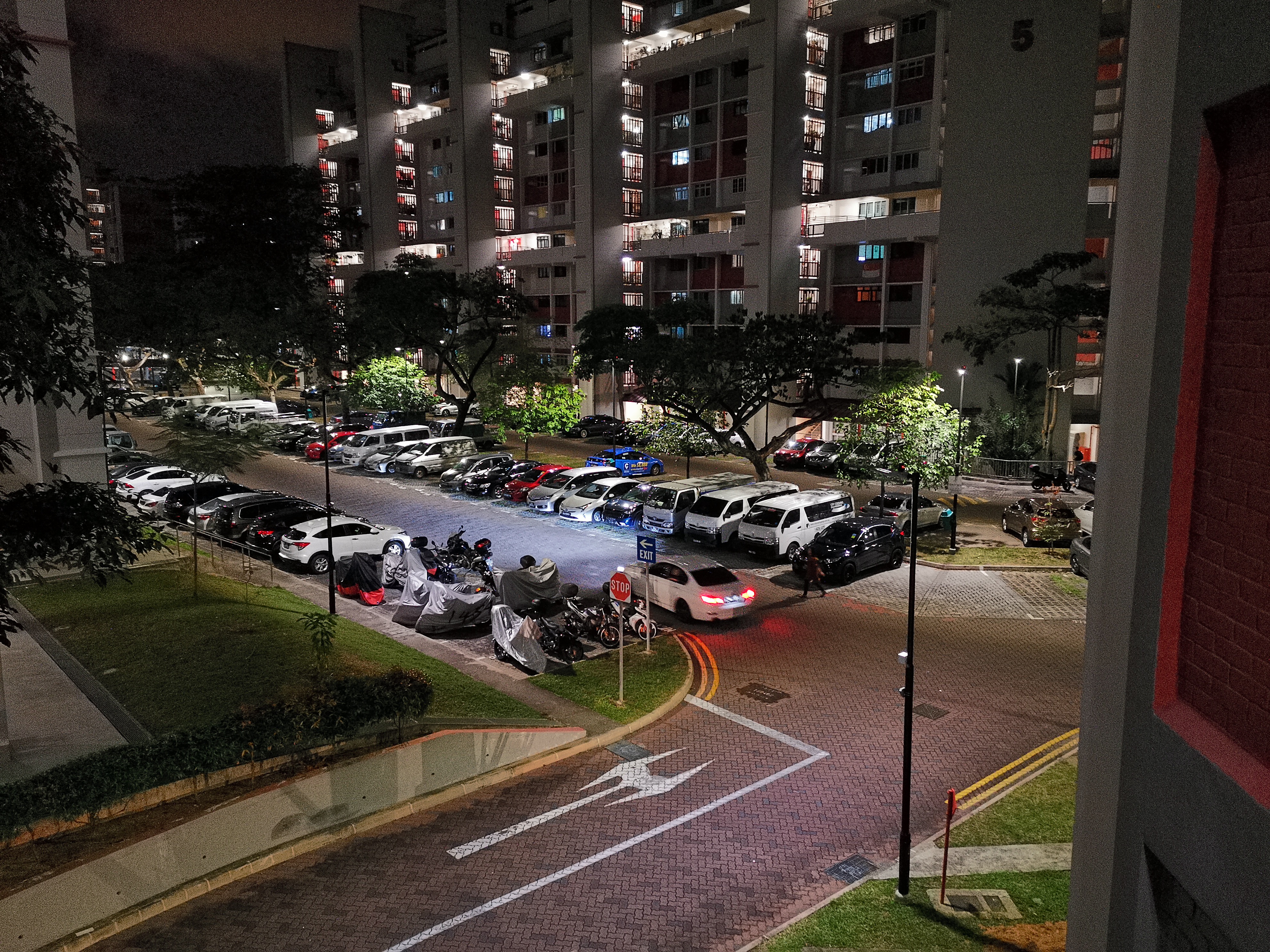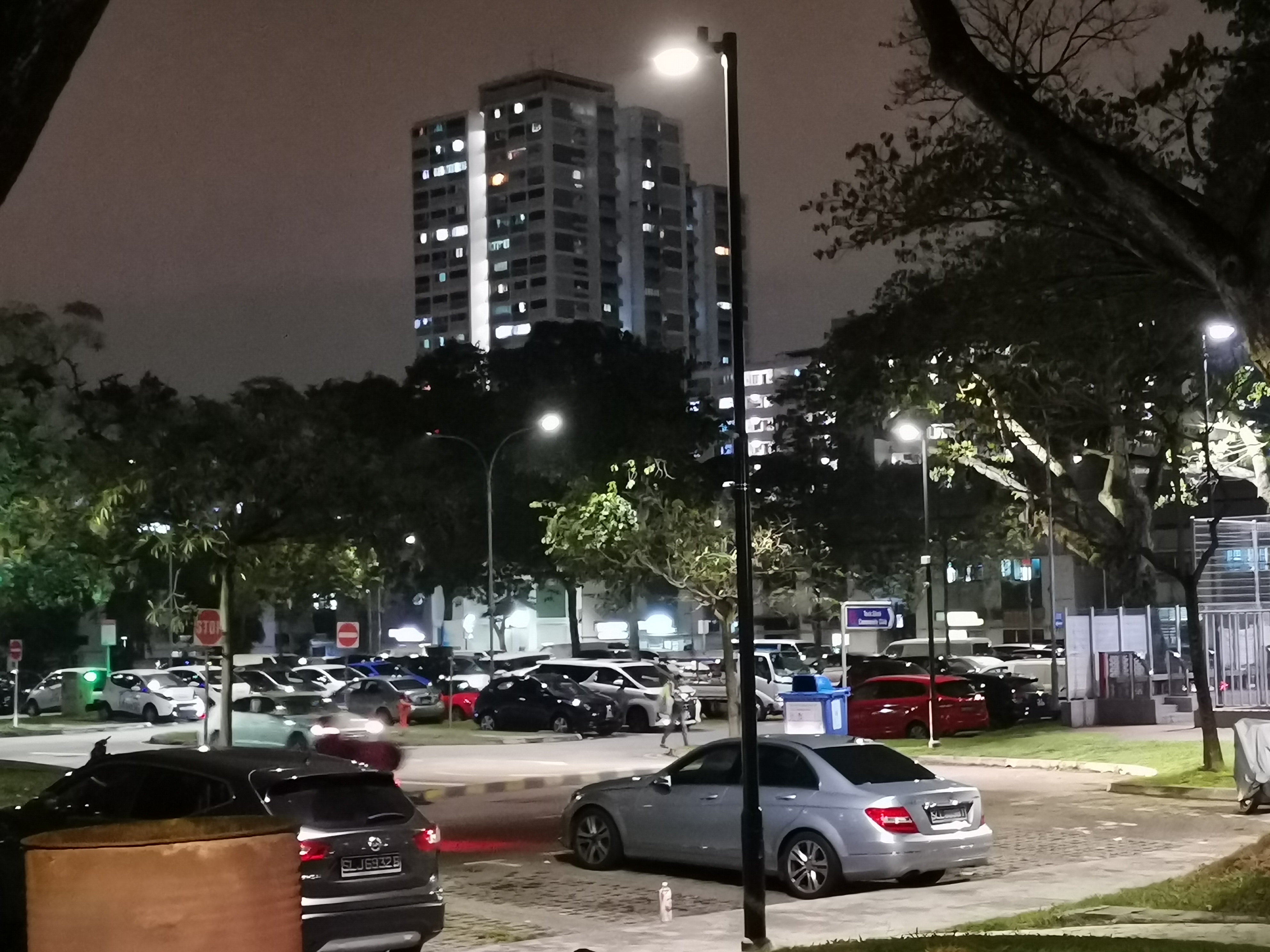Lighting is indispensable to urban living but comes at a cost to the environment. It accounts for almost 20 per cent of global electricity consumption, according to the International Energy Agency. As the world grapples with climate change, cutting energy consumption from public area lighting will undoubtedly reduce carbon emissions significantly and contribute towards a more sustainable living environment.
Although classic lighting technologies are now mature, the luminous efficiency and their quality of light have not quite reached their limits, there is still room for innovation with smart technology to improve on the efficiency, reliability as well as the quality of light as seen by the end user. Internet of Things (IoT) sensors could also be added into the lighting nodes to capture information on the environment and estate services, to optimise maintenance cycles and improve future town planning and building design. The humble light fixture looks set for a bright future, thanks to smart technology.
So when a reputable Asian public housing developer wanted to upgrade the lighting network in its vast housing estates, it looked for a system that was not just functional and energy saving, but could also be integrated with smart city technologies such as IoT.

A key objective of the public housing developer was to overhaul its ageing lighting infrastructure and to introduce smart technologies that will improve the sustainability and quality of the living environment for its residents.
The developer wanted a single reliable platform that could seamlessly and remotely control and monitor both indoor and outdoor lighting systems while boosting energy savings.
Sensor data on human and vehicle traffic, and the network’s ability to collect such information, would also be key requirements of the new infrastructure. This meant that indoor and outdoor sensors on light fixtures have to be weatherproof, yet able to minimise false alarms and connection downtimes triggered by external factors such as communication interferences.
Adding to the challenge was the scale of the deployment – a large, mature housing estate with an existing lighting system, that was both expansive and varied, was chosen as the implementation site.
Residents’ needs were a top priority, so the system’s reliability and safety were paramount. The developer had another condition: There must be no disruption to the lighting service while it was being upgraded.

The public housing developer eventually selected the dynamic, on-demand lighting with smart monitoring system developed by us. They did so for several reasons.
i) Centralised control
The system consists of wireless, smart control and lighting management software that manages both indoor and outdoor lights. It allows for the remote configuration and customisation of dimming lighting profiles to suit different luminosity requirements, ensuring that the user has full control over the entire system from one platform.
The on-demand lighting and progressive dimming features can track the movement of both people and vehicles.
As a result, the system can slash energy consumption by more than 50 percent. Lights can now be dimmed to any level to reduce energy consumption, especially during times of low footfall and during initial years when LED is at the brightest.
ii) Wireless mesh communication network
The system runs on a wireless mesh communication network with license-free RF channels that is easily adaptable to different situations. The scalable and flexible implementation allows for easy expansion of existing infrastructure, while eliminating disruption to the residents.
The system screens the health of the light fixtures in real time and initiates fail-safe mechanisms and preventive maintenance notifications before a fault occurs. This minimises downtime for the entire network.
iii) Data analytics
At the heart of smart lighting system is a powerful data analytics capability that serves as the brains of its smart system.
The collected data from the sensors provide actionable insights to help building and estate managers better understand human traffic patterns and optimise the provision of lighting.
Together with artificial intelligence (AI), the collected data optimises the smart lights – lamps brighten up in advance to serve motorists and pedestrians, thanks to an intelligent predictive lighting algorithm. When light is not needed, the lamps will progressively dim down, minimising energy consumption and carbon emission.

The wireless smart lighting system was deployed in an estate with more than 40 blocks, housing more than 5,800 residential homes over a year between July 2018 and August 2019. It marked the first time smart lighting was used on such a large scale in the country. Over 10,000 LED lights with motion-sensing technology were installed in common areas, walkways and gardens, multi-level carparks and outdoor open carparks.
The system has halved energy consumption of both indoor and outdoor lights, leading to lower costs, smaller carbon footprint and higher savings.
Lights fitted with sensors have also yielded valuable traffic data that enables the town councils to better understand human and vehicle traffic. This, in turn, aids estate management.
More importantly, the system incorporates IoT technology and can be easily integrated with other IoT-enabled sensors for applications such as water metering, temperature sensing and air quality monitoring.
Best of all, the solution is in line with the country’s Smart Nation drive, contributing to improved environmental sustainability beyond cost saving and ultimately improving the lives of users and operators.
With the limited resources during pandemic situation, our maintenance team can stealthily help to replace faulty lights in the estates as these incidents are captured in the system and notify the team to act on swiftly.
Find out more about what our smart lighting systems can do for you here.
Contact us